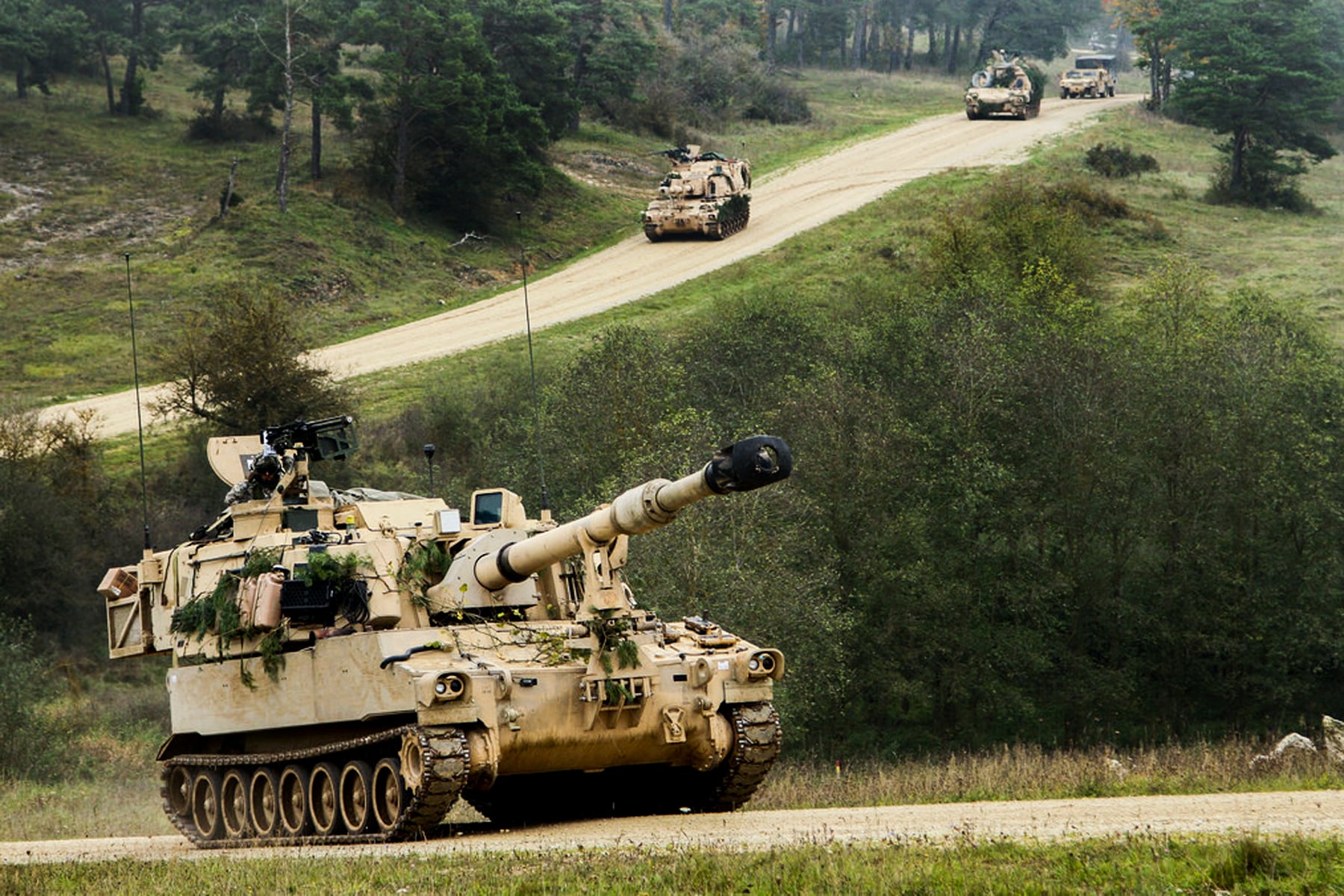“God fights on the side with the best artillery,” said Napoleon Bonaparte. This aphorism appears as true today as it did almost three centuries ago.
What has changed over the past several decades is the capability of army fires, artillery and rockets vis-a-vis potential adversaries. Today, a qualitative and quantitative capability gap exists with respect to long-range fires. In its incursion into eastern Ukraine, the Russian Army demonstrated a sophisticated capability to find, fix and destroy targets with long-range fires. China, too, is expanding its inventory of long-range rockets and missiles.
The leadership of the U.S. Army is responding to the challenge by expending significant effort and resources to close these capability gaps. Long-range precision fires is the Army’s No. 1 modernization priority. According to Col. John Rafferty, director of the Long-Range Precision Fires Cross-Functional Team, Army indirect fires must be able to penetrate and destroy the enemy’s anti-access/area denial networks at longer ranges, thereby creating windows of opportunity for exploitation by the joint force.
The CFT is looking to modernize virtually the entire suite of Army indirect fires systems as well as introduce an array of new capabilities and systems. It is pursuing a multiphase program designed to first improve and then transform the capabilities of its artillery, rocket and missile systems.
The most important goals of the precision fires modernization effort are to increase the reach/range at which artillery and rocket systems can engage targets, and to develop new shells and missiles to attack high-value, well-defended targets. In the near-term, this means enhancing the lethality of existing 155mm howitzers and rocket artillery. The Army is adding to its inventory of precision rounds, such as Excalibur, and providing jam-resistant, precision-guidance kits for 155mm artillery projectiles.
RELATED

With respect to guided rockets and missiles, the Army is seeking an extended-range variant of its currently deployed, highly effective Guided Multiple Launch Rocket System, or GMLRS, that can provide an area strike capability out to 150 kilometers. Also, the Army is considering upgrading the Army Tactical Missile System, or ATACMS, with a new seeker and warhead, thereby expanding its capabilities to include targeting naval vessels.
As soon as possible, the Army wants to introduce new, longer-range indirect fires systems. The Army is betting on the Extended Range Cannon Artillery program. An ERCA involves both a new projectile — the rocket-assisted XM1113 with a 40-kilometer range — and a longer barrel for the M109A7 Paladin self-propelled 155mm artillery system. Together, these improvements could increase the system’s range to as much as 70 kilometers.
The Navy has several programs to develop new shells that will extend the range and accuracy of 5-inch naval guns and Army and Marine Corps 155mm howitzers. Recently, the Navy conducted experiments with a hypersonic projectile with a range of up to 50 kilometers.
The Army has initiated the Precision Strike Missile, or PrSM, program as a longer-range replacement for the ATACMS. The desire is for a missile smaller than the ATACMS so that two can be carried in a single GMLRS launch cell, but with a range approaching 500 kilometers and a precision-targeting capability. The Army is currently planning to test prototype PrSMs in 2019, with plans to deploy an initial version in the mid-2020s.
Beyond ERCA add PrSM, the Army is investing research and development funds on extremely long-range artillery and missiles. Army Secretary Mark Esper recently suggested the possibility of a super gun with a 1,000-kilometer range that fires hypervelocity projectiles. If the United States withdraws from the Intermediate-Range Nuclear Forces Treaty in the next few weeks, the Army will undoubtedly move to develop and deploy extremely long-range, surface-to-surface missiles.
But increased range and volume of fires will not be enough to defeat the growing threat. The Army also needs indirect fire systems that are more mobile. The Army is already pursuing this objective with its Paladin Integrated Management, or PIM, program to improve that vehicle’s mobility and survivability.
While PIM will enhance the effectiveness of artillery attached to armored brigade combat teams, something needs to be done for the infantry and Stryker brigade combat teams, which today rely entirely on towed artillery. One solution is to mount their 105mm and 155mm artillery on wheeled vehicles. The Army has tested two systems: Hawkeye, a 105mm howitzer mounted on a Humvee, and Brutus, a 155mm gun married to a medium tactical vehicle. The soft recoil technology that makes Hawkeye and Brutus possible would also support advanced, longer-range artillery such as ERCA.
The Army recognizes that for longer-range fires to be effective, they will require better surveillance and reconnaissance systems. The CFT has begun to focus on this area as well.
If these programs can be successfully carried into production, Army artillery will be restored to its position as the king of battle.
Daniel Gouré is a senior vice president with the Lexington Institute. He worked in the Pentagon during the administration of President George H.W. Bush, and he has taught at Johns Hopkins and Georgetown universities as well as the National War College.








